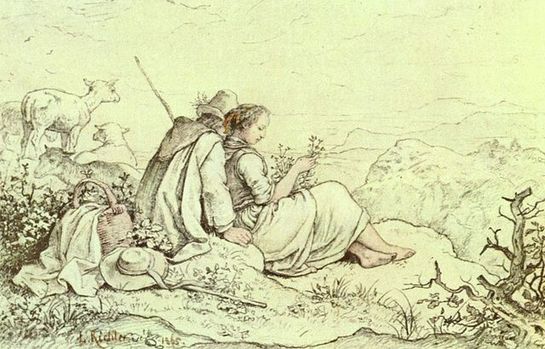 Adrian Ludwig Richter [Public domain or Public domain], via Wikimedia Commons
Adrian Ludwig Richter [Public domain or Public domain], via Wikimedia Commons Myths, folktales and legends abound in the village of Pentrefoelas, Conwy, in North Wales and one such tale known as the Pentrefoelas Legend tells how a shepherd came across a girl in distress upon a hillside while he was tending his flocks. The girl was like no other he had ever seen in his life and in his earnest attempt to comfort her he fell in love with her and she with him. Although the girl was not from earth they married and had children and lived a happy life. Sadly their happiness was shattered by a freak accident that broke a promise the shepherd had made to his wife’s father. This meant she had to return to the Otherworld where she came from and they were parted forever. The story describes one of the few examples of the interbreeding of mortals with the inhabitants of the Otherworld and the descendants of the couple are still said to live among humans today. The following is a rewrite of that tale.
The Pentrefoelas Legend
One misty morning, shepherd from Hafod-y-garreg was out in the pastures looking after the flock of sheep owned by his father . It was not a particularly demanding task and his mind wandered as he looked around for something to engage his interest for a while. His eye fell upon a peat-stack and as he looked he saw a girl sat besides it who appeared to be crying her eyes out. Disturbed by the apparent distress of the girl he approached quietly and gently trying not to alarm her to see if there was something he could do to help.
Read More

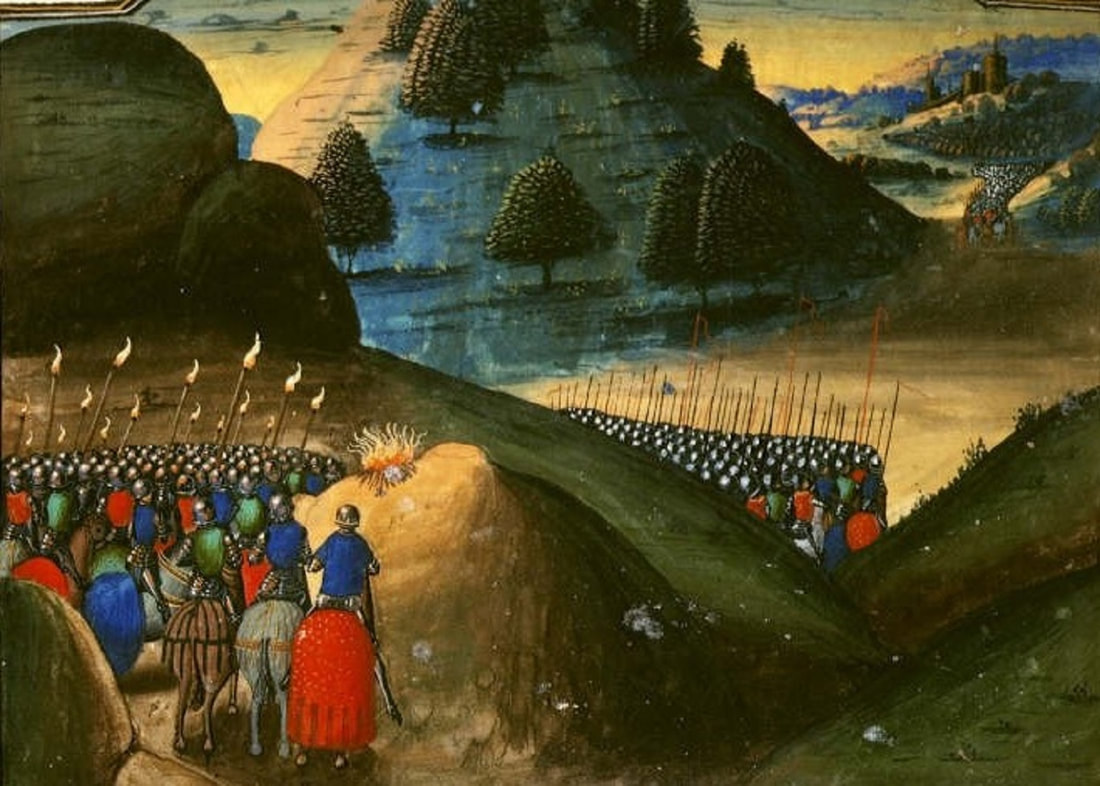
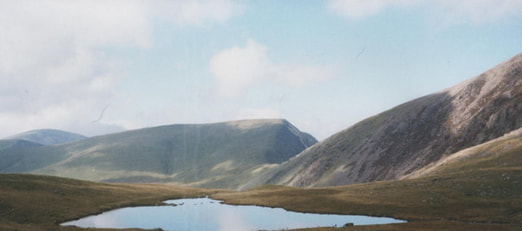
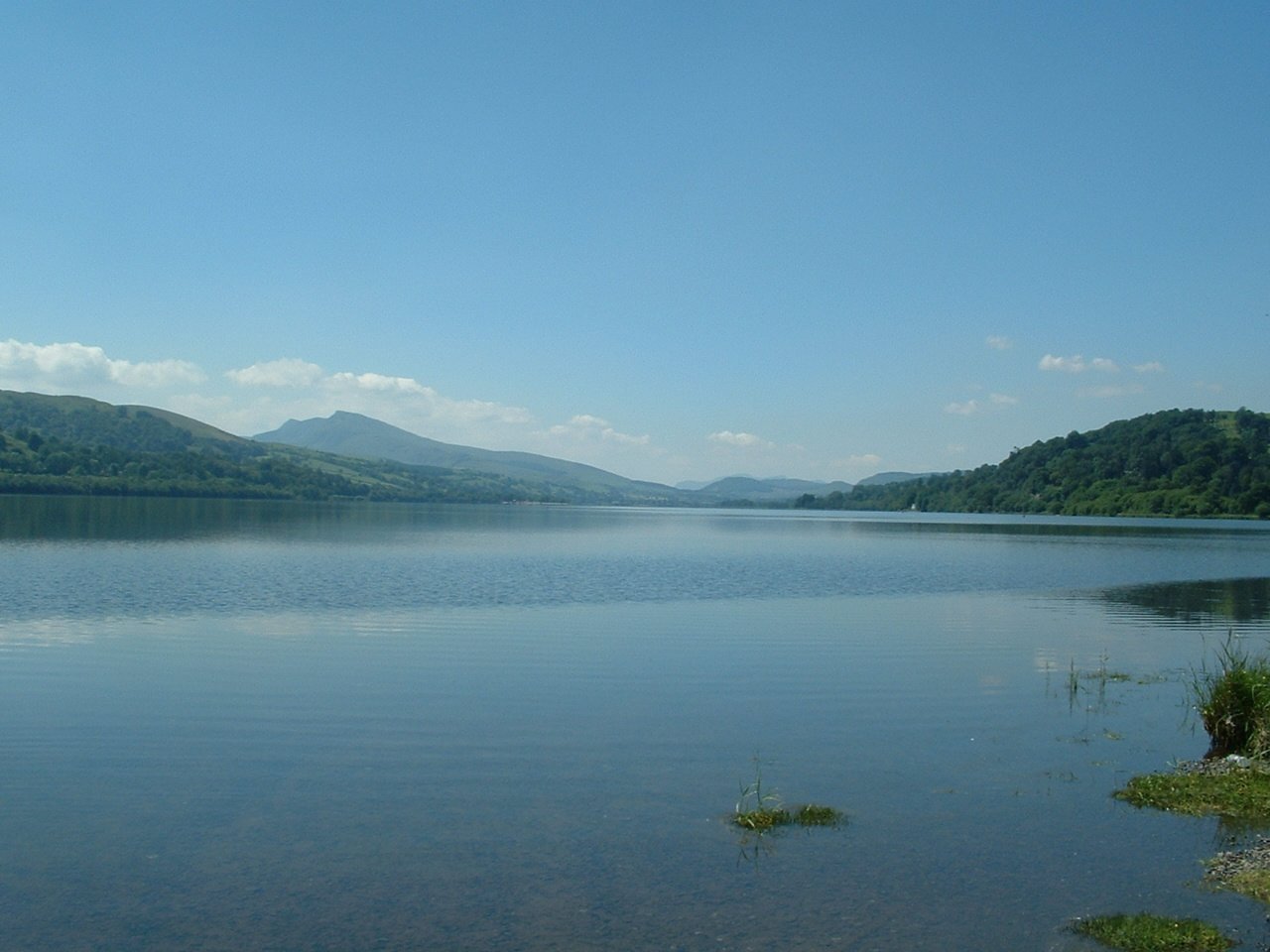
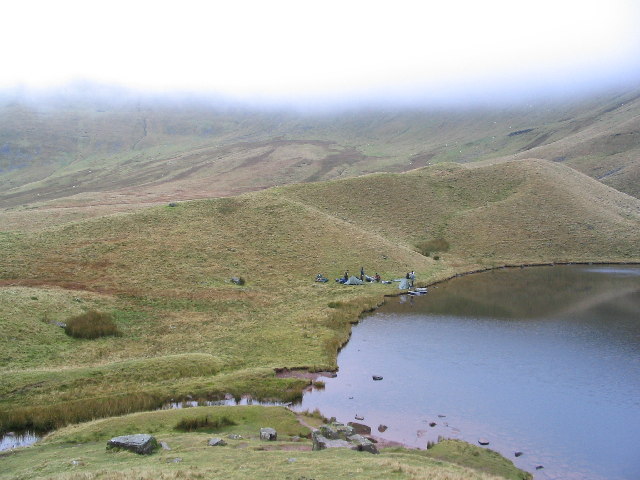

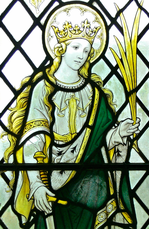
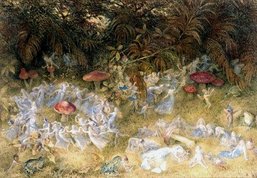
 RSS Feed
RSS Feed
